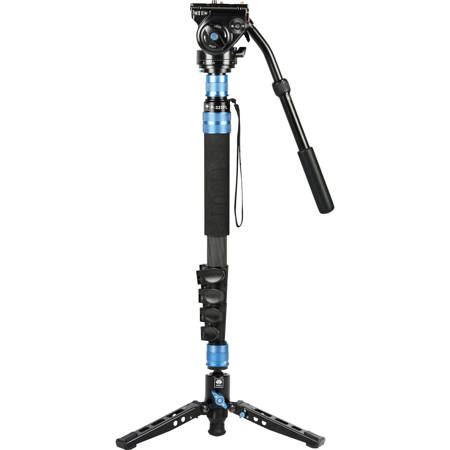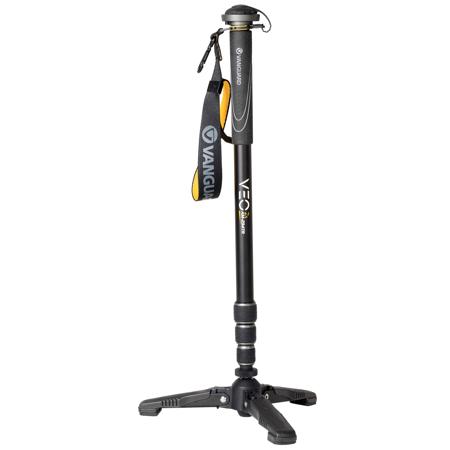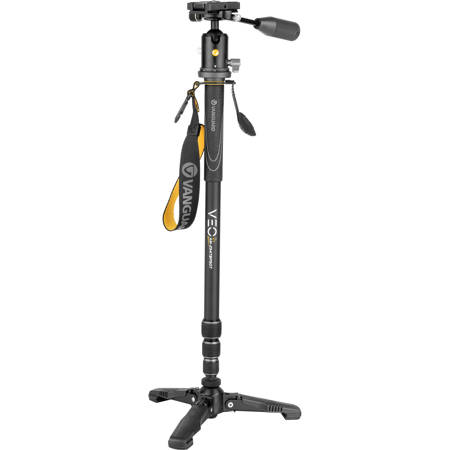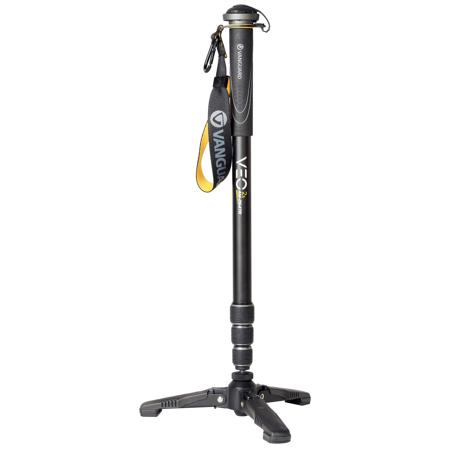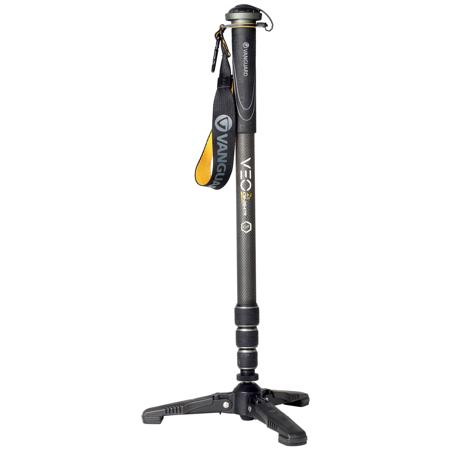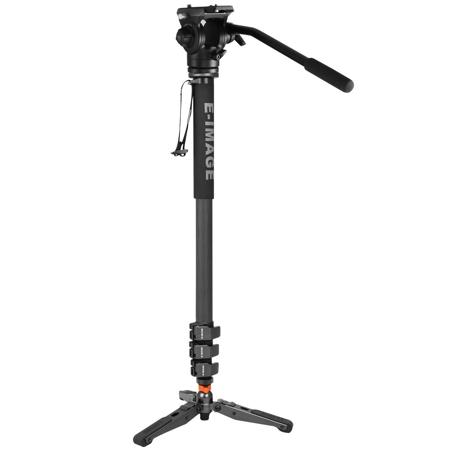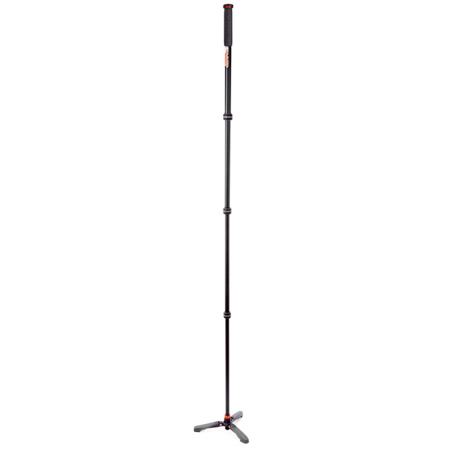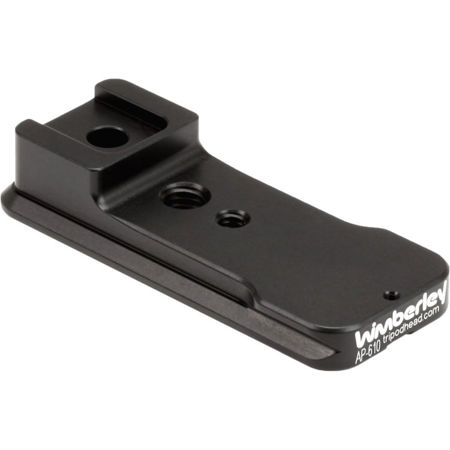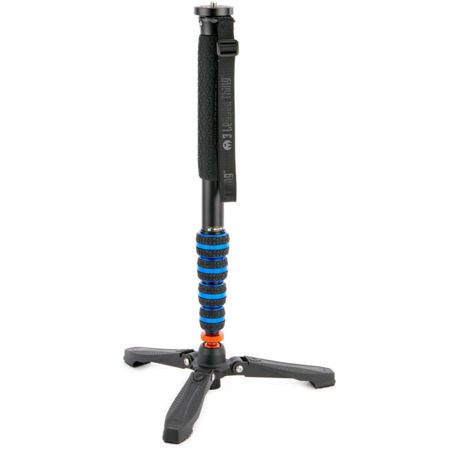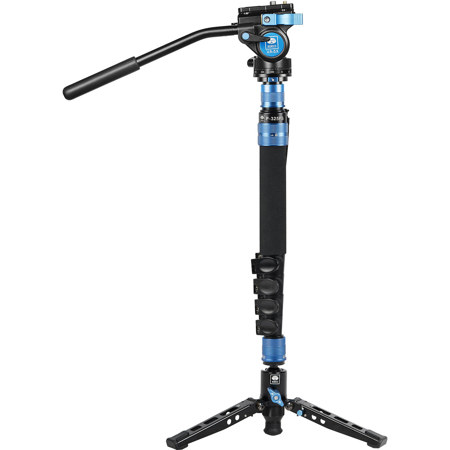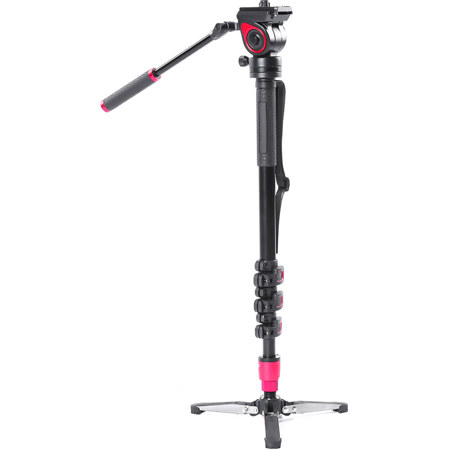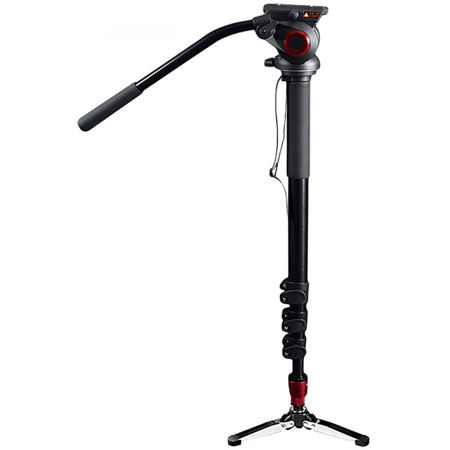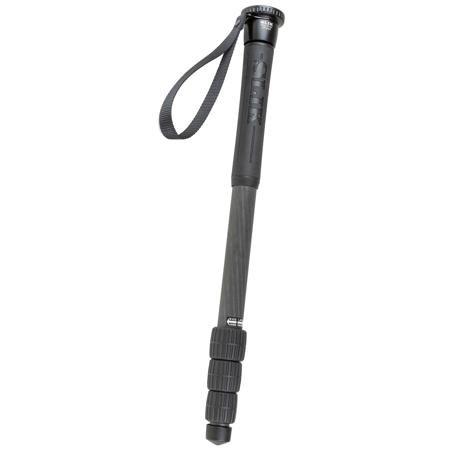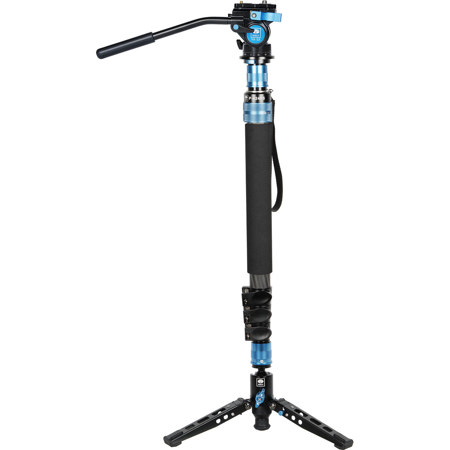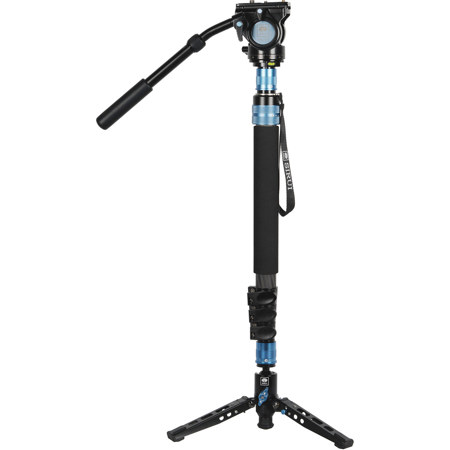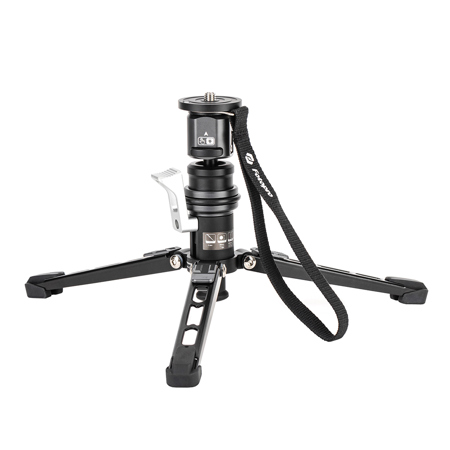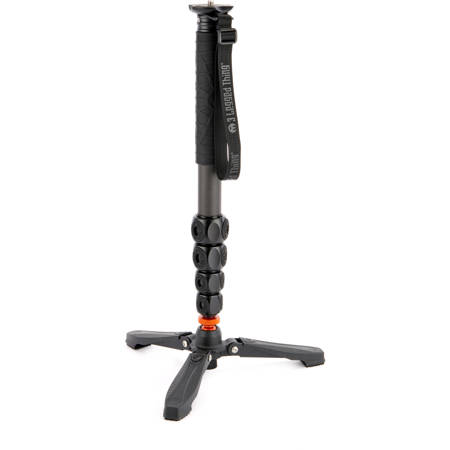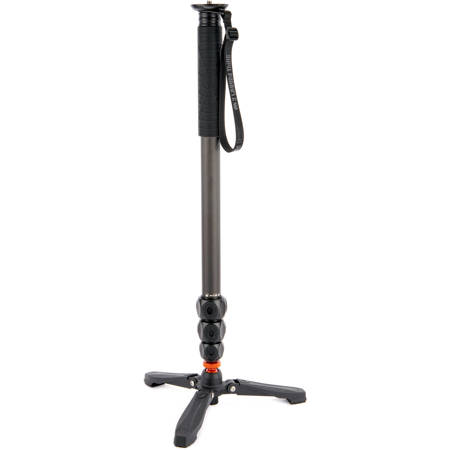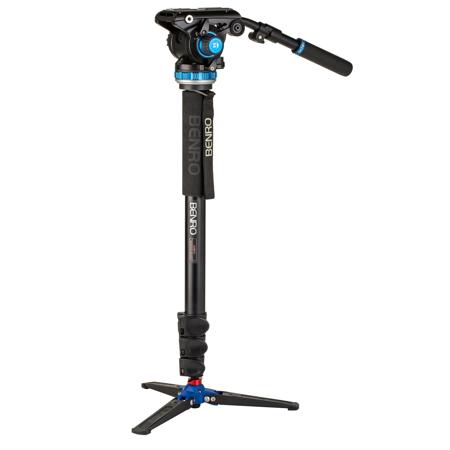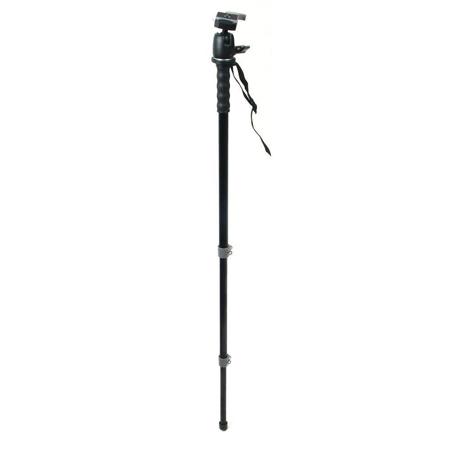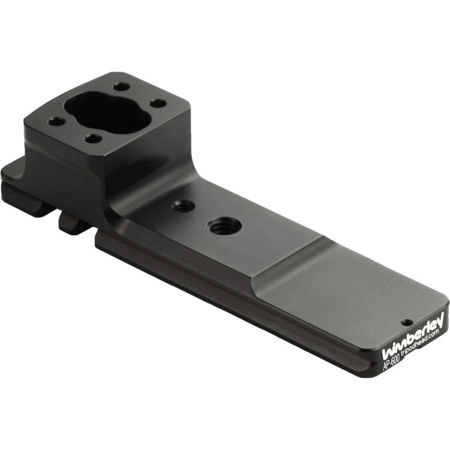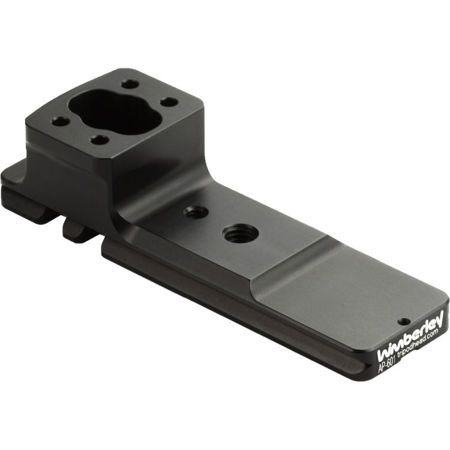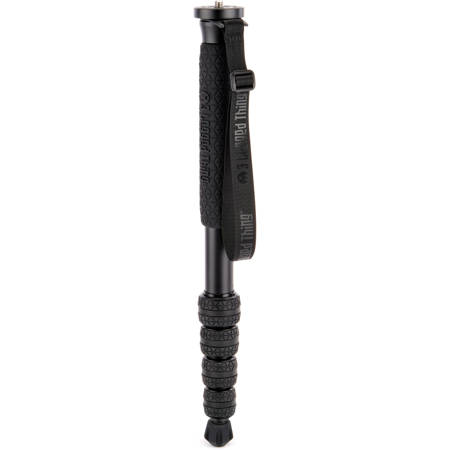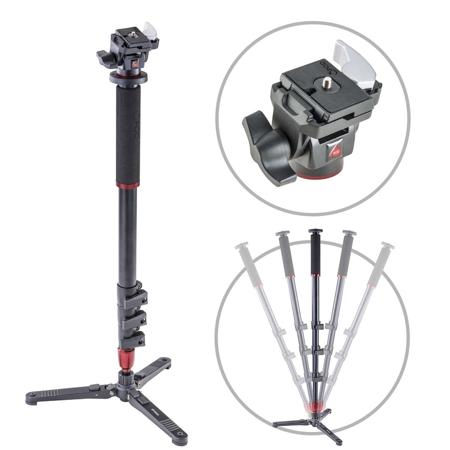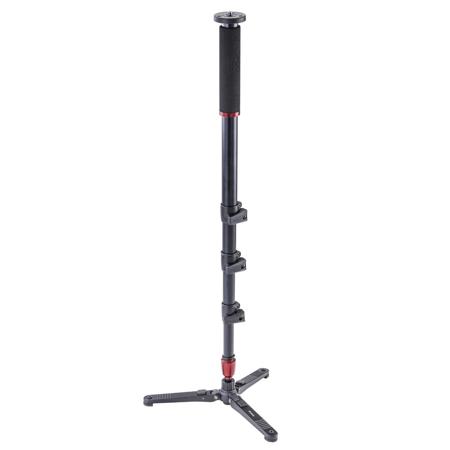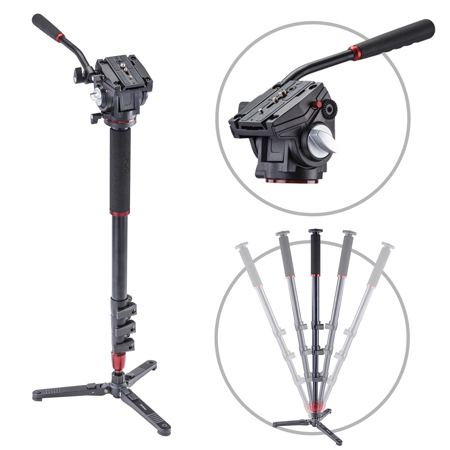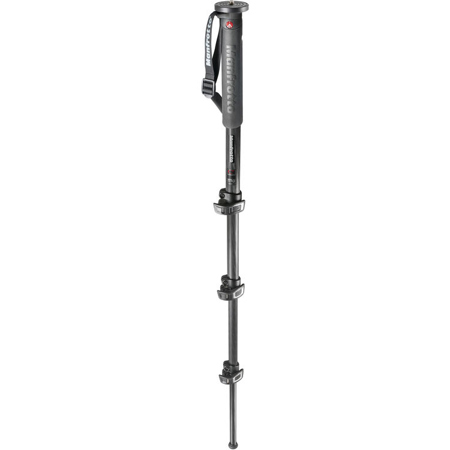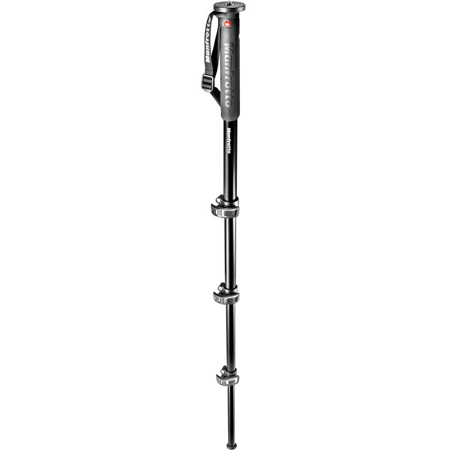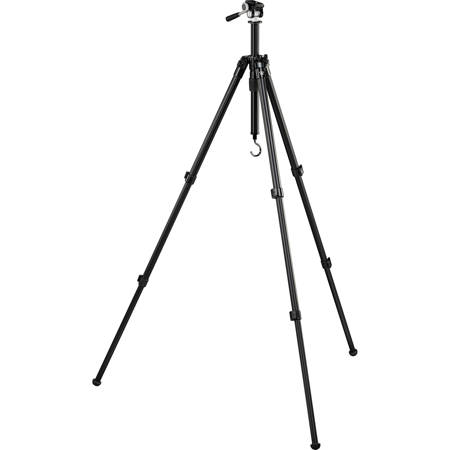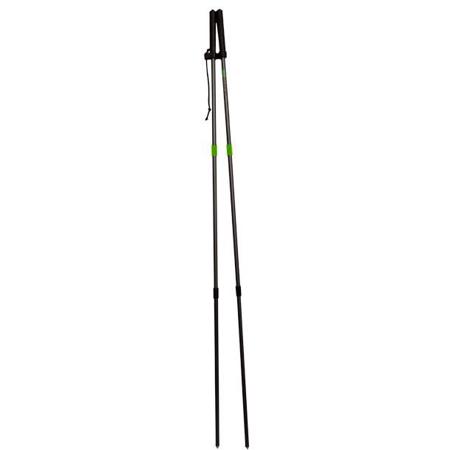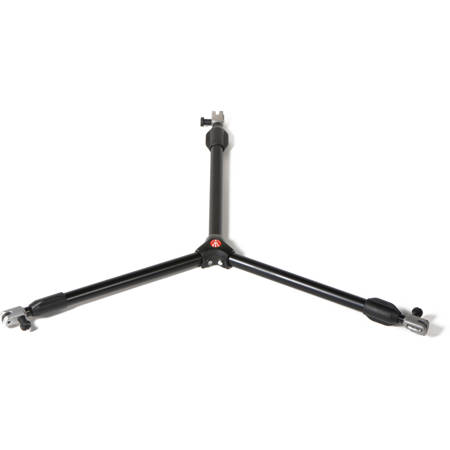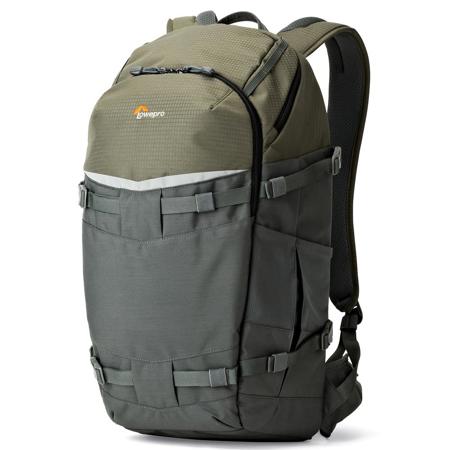Monopods With Feet
In the dynamic world of photography and videography, monopods with feet have carved out a niche for those who demand both mobility and stability in their shooting setups. Unlike their more cumbersome cousin, the tripod, monopods offer a lighter, more agile option for photographers on the move. Particularly during the bustling summer months, when outdoor events and natural landscapes beckon, the ease of a monopod allows photographers to capture crisp, clear images without the weight of heavier equipment. These monopods are especially beneficial during sports events, wildlife adventures, or any activity where space is limited and quick setup is crucial. Imagine yourself at a crowded music festival or a scenic overlook packed with tourists; here, the slim profile of a monopod with feet provides an unobtrusive yet sturdy base, ensuring you get your shot without blocking the view or taking up too much space.
The design of monopods with feet integrates the simplicity of a single leg with the added stability of small, retractable feet. This hybrid structure is particularly advantageous in varied terrain where balance is key—soft, uneven ground, rocky paths, or even glossy indoor surfaces where a traditional monopod might falter. For videographers, these monopods are a boon, as they allow for smoother panning and tracking shots without the jerkiness typically associated with handheld recording. The feet, when deployed, create a mini tripod effect, reducing camera shake and enhancing video quality. Photographers who specialize in long-exposure shots will also find these tools invaluable. By enabling slower shutter speeds without the blur caused by hand-held camera shake, monopods with feet help in capturing everything from the ethereal movement of a waterfall to the serene stillness of a sunrise.
Choosing the right monopod involves considering the specific needs of your photography or videography projects. Weight capacity is crucial; a monopod must be able to support your camera and any additional equipment securely. Height adjustability is another key factor, as it provides flexibility across a range of shooting scenarios, from crouching low for dramatic angles to extending the reach above a crowd. For those who need an even more compact solution, particularly when traveling or hiking, exploring Compact Monopods might be the perfect choice. These models offer the same convenience and stability in a more portable form. Material construction also plays a pivotal role in the selection process—carbon fiber models offer lightweight durability ideal for rigorous use, while aluminum options provide a more cost-effective yet slightly heavier alternative. Lastly, consider the ease of use: quick-release mechanisms, comfortable grips, and foot stability should all be tested to ensure that the monopod will perform well in the fast-paced environments where it is most needed. Whether you're a professional photographer capturing a high-stakes sports game or an amateur videographer documenting your travels, a monopod with feet can elevate your visual storytelling, providing a reliable support that moves as quickly as you do.
The design of monopods with feet integrates the simplicity of a single leg with the added stability of small, retractable feet. This hybrid structure is particularly advantageous in varied terrain where balance is key—soft, uneven ground, rocky paths, or even glossy indoor surfaces where a traditional monopod might falter. For videographers, these monopods are a boon, as they allow for smoother panning and tracking shots without the jerkiness typically associated with handheld recording. The feet, when deployed, create a mini tripod effect, reducing camera shake and enhancing video quality. Photographers who specialize in long-exposure shots will also find these tools invaluable. By enabling slower shutter speeds without the blur caused by hand-held camera shake, monopods with feet help in capturing everything from the ethereal movement of a waterfall to the serene stillness of a sunrise.
Choosing the right monopod involves considering the specific needs of your photography or videography projects. Weight capacity is crucial; a monopod must be able to support your camera and any additional equipment securely. Height adjustability is another key factor, as it provides flexibility across a range of shooting scenarios, from crouching low for dramatic angles to extending the reach above a crowd. For those who need an even more compact solution, particularly when traveling or hiking, exploring Compact Monopods might be the perfect choice. These models offer the same convenience and stability in a more portable form. Material construction also plays a pivotal role in the selection process—carbon fiber models offer lightweight durability ideal for rigorous use, while aluminum options provide a more cost-effective yet slightly heavier alternative. Lastly, consider the ease of use: quick-release mechanisms, comfortable grips, and foot stability should all be tested to ensure that the monopod will perform well in the fast-paced environments where it is most needed. Whether you're a professional photographer capturing a high-stakes sports game or an amateur videographer documenting your travels, a monopod with feet can elevate your visual storytelling, providing a reliable support that moves as quickly as you do.
